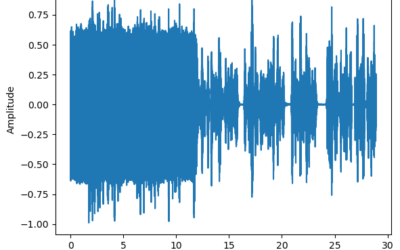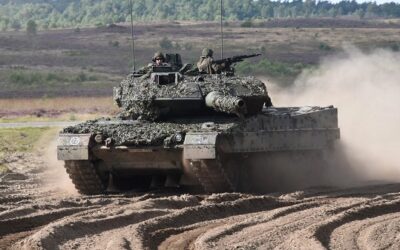Energy-efficient Design Offers Potential 20% Saving in Fuel Consumption
Earlier in the year, in Germany, a team of researchers and engineers from Dutch university TU Delft conducted the first real test flight for a scale model of the energy-efficient Flying-V UAS.
Begun in collaboration with KLM last year, the Flying-V has been subjected to extensive ground tests and wind tunnel testing in the Netherlands, which culminated in the successful maiden flight this summer. Project leader Dr Roelof Vos and his team took the 22.5kg, 3m-span scale model to a well-guarded airbase in Germany, where they could work together with a team from Airbus. The pilot’s task was to take-off, fly a number of test manoeuvres and approaches until the batteries were nearly empty and land. “One of our worries was that the aircraft might have some difficulty lifting-off, since previous calculations had shown that ‘rotation’ could be an issue. The team optimised the scaled flight model to prevent the issue but the proof of the pudding is in the eating. You need to fly to know for sure,” commented Vos. Rotation on take-off was easily achieved at a speed of 80km/h. The plane’s thrust was good and flight speeds and angles were as predicted.
There were challenges during the week-long programme, however, including having to change the aircraft’s centre of gravity and fixing the antenna to improve telemetry. The flight has now also confirmed that the current design still shows too much ‘Dutch roll,’ causing a slightly rough landing. The next step for the team is to use the data collected during the flight for an aerodynamic (software) model of the aircraft. This will make it possible to programme it in a flight simulator to be used in future research, while further improving flight characteristics. The team will also prepare the scale model for future flight tests.
The Flying-V is a design for a highly energy-efficient long-distance aeroplane. The aircraft’s design integrates passenger cabin, cargo hold and fuel tanks in the wings, creating a spectacular V-shape. Computer calculations have predicted that fuel consumption could be reduced by as much as 20% compared to today’s most advanced aircraft. KLM has been a partner in the project since 2019, which enabled the team to build this scale model. It was first presented at the 100th anniversary of KLM in October 2019. Various business partners are now involved in the project, including Airbus, an explicit supporter for the first flight. The partners are working together on a research plan to fine-tune the concept. Next steps include providing the Flying-V with sustainable propulsion, taking into account that the design seems highly suitable to carry liquid hydrogen rather kerosene.

























